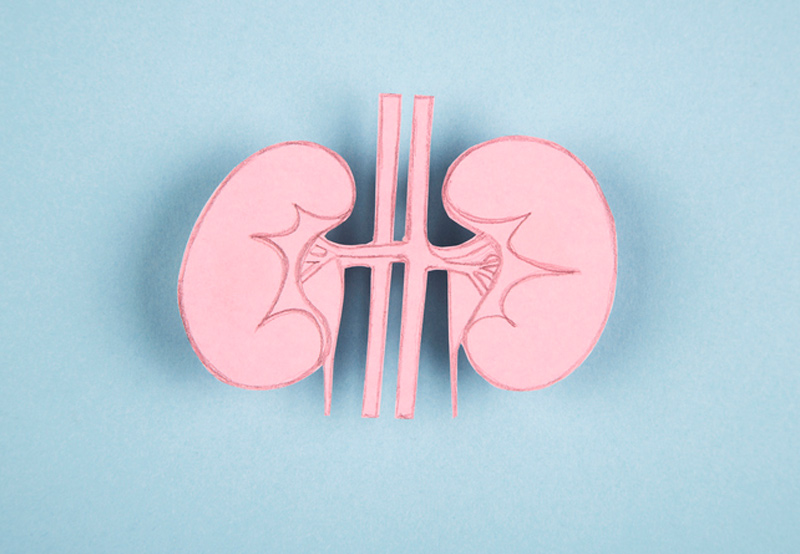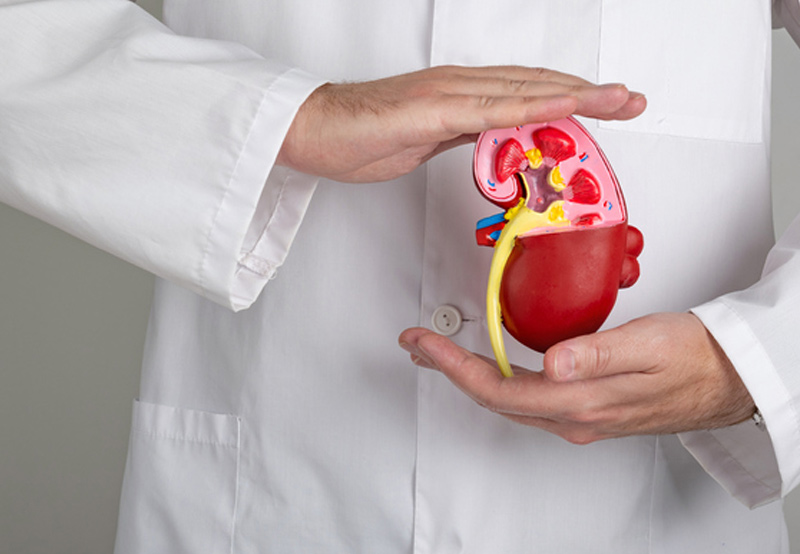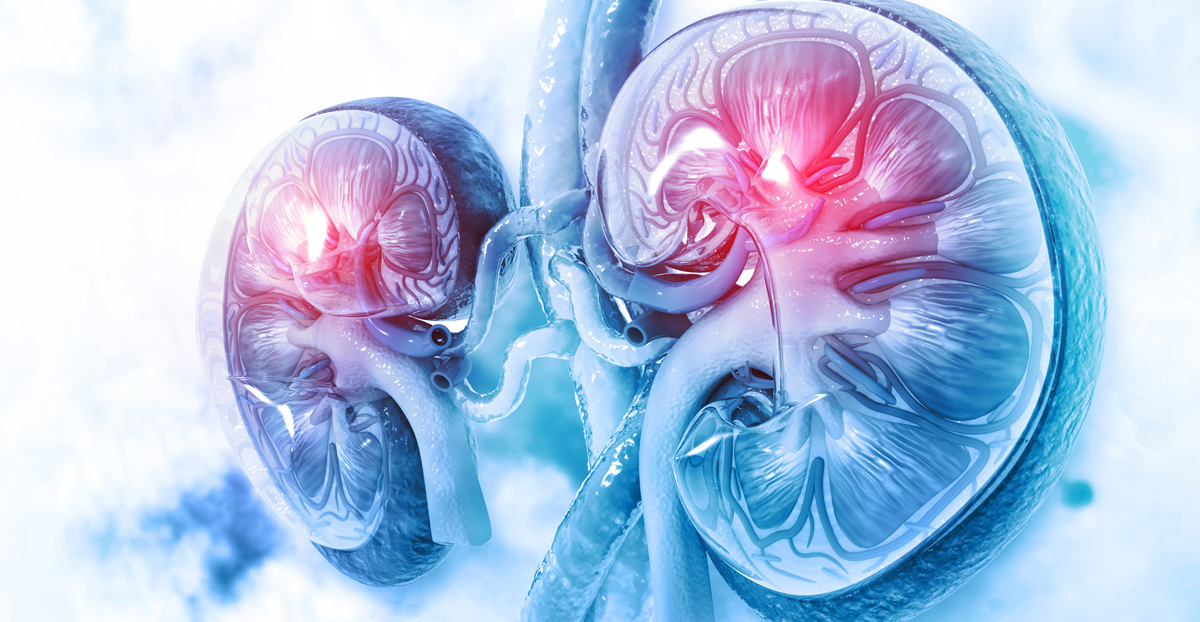

A nephrectomy is performed to remove a kidney with a malignant growth or a non-functional kidney which has been damaged by a disease process. In some cases, a donor nephrectomy is performed where a healthy kidney is transplanted into an individual who needs a functioning kidney.
Who is a Candidate for Nephrectomy?
Before a nephrectomy can be performed to treat kidney cancer, a urologic surgeon will study the results of imaging tests to determine:
- If a tumor is confined to the kidney
- If there is more than one tumor
- How much of the kidney is affected
- If the cancer is affecting nearby tissue
- How well the other kidney is functioning
- If other diseases are affecting kidney function
- Overall condition of the kidney(s)
Depending on the results, patients may require a partial nephrectomy or a radical nephrectomy. During a partial nephrectomy, the surgeon only removes the cancerous tumor or diseased tissue and spares as much healthy kidney tissue as possible.
During radical nephrectomy, the entire kidney is removed along with the fatty tissues surrounding the kidney. Locoregional lymph nodes and other tissue may be removed if the cancer has spread extensively.

How it Works
A nephrectomy is performed while the patient is under general anesthesia. Before the procedure can begin, a urinary catheter is inserted to allow urine to drain from the bladder.
A nephrectomy can be performed through laparoscopic surgery, robot-assisted laparoscopic surgery or open surgery.
Laparoscopic surgery is a minimally invasive procedure during which a few small incisions are made in the abdomen in order to insert wand-like devices equipped with surgical instruments and video cameras. A larger opening may be necessary to remove an entire kidney during a radical nephrectomy.
A robot-assisted laparoscopic surgery involves the use of a robotic system to perform the nephrectomy. This type of surgery offers greater accuracy and better 3D images during the procedure, and can make more precise motions than a surgeon’s hand can do in open surgery.
If a nephrectomy is performed through open surgery, an incision is made along the side or on the abdomen in order to accomplish what cannot yet be done with less invasive procedures.
Recovery
If done either laparoscopically or with the robotic platform, 90% of patients are discharged from the hospital the day after surgery with close follow up.
After surgery, patients will need additional checkups to monitor blood pressure, protein urine levels and waste filtration. Decreased kidney function can increase blood pressure, and vice versa.
If a patient has high protein urine levels (proteinuria), this may be a sign of kidney damage and improper kidney function.
Patients will also need to undergo a blood test to measure creatinine level and ensure the kidney is efficiently filtering waste.
